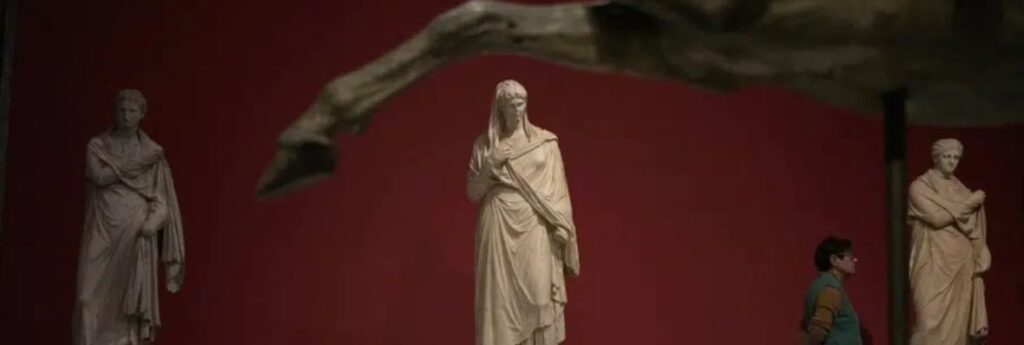Greece’s National Archaeological Museum is in for a major renovation and expansion that officials hope will attract more visitors to the Athens venue that houses what is considered the most important collection of Greek antiquities in the world.
Currently, most visitors to Athens favour the more centrally located Acropolis Museum, which opened in 2009. It’s where Greece hopes to house the Parthenon sculptures, also known as the Elgin Marbles, that are currently in the British Museum in London.
The Acropolis Museum attracts some 2 million people per year, roughly four times the number that travel across the city to visit the National Archaeological Museum.
That’s something Greece’s Prime Minister Kyriakos Mitsotakis hopes will change with the renovation.
“More display space will be created for the great exhibits from one of the most important collections in the world. Today we display less than 10% of what we have in our warehouses,” Mitsotakis said, adding, “It has always troubled me that (only) just over 500,000 visitors come to the museum every year when it hosts such an incredible wealth of world cultural heritage.”
The renovation project, expected to last four years, will be led by the British architect Sir David Chipperfield, whose major works include restoration of the Neues Museum in Berlin and the design of the East Building at the Saint Louis Art Museum.
Chipperfield said new construction covering 20,000 sq. m. was planned around the existing 19th century neoclassical building and would include new above- and below-ground exhibition areas, garden space and a new front entrance.
“Our architectural approach has been to create a plinth growing out of the existing building, therefore fundamentally connected to the 19th century building. But at the same time that develops into a powerful piece of architecture,” Chipperfield said during a recent event at the museum. “The challenge, of course, is to get those two things in balance.”
The National Archaeological Museum, Greece’s largest, has more than 11,000 exhibits spanning millennia. Its treasures include the 3,500-year-old gold funerary mask known as the Mask of Agamemnon and the Antikythera Mechanism, a device used to track the sun, moon, and planets.

